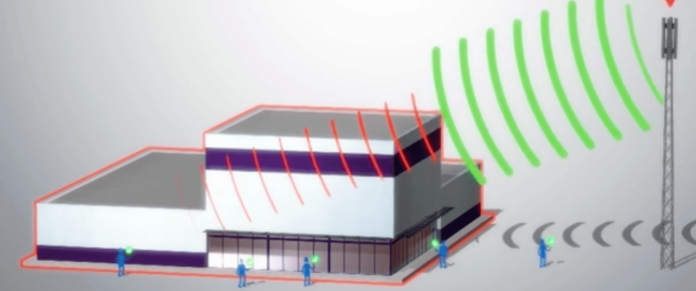CommScope tapped for Sprint small cell deployment
Sprint has chosen CommScope for a significant indoor small cell deployment designed to support LTE and Wi-Fi. The carrier plans to use CommScope’s S1000 small cell, one of the assets CommScope acquired when it bought small cell specialist Airvana last year. The deployment is said to target small- and medium-sized buildings.
“The CommScope S1000 small cell, with its support for 2.5 GHz LTE and managed Wi-Fi, is a highly cost-effective way for us to give our customers even faster data speeds indoors,” said Jay Bluhm, VP of network development and engineering at Sprint. “Femtos are an important part of our densification and optimization strategy, enabling us to more efficiently support new services and meet the growing demand for data.”
These small cells will help satisfy that demand for data, but they will not help users connect to the mobile network for voice calls. The S1000 does not support 3G voice. Sprint said that it does support voice over Wi-Fi.
The S1000 solution uses Qualcomm’s LTE and Wi-Fi chipsets to support both 2.5 GHz TD-LTE and 802.11ac dual-band, dual-concurrent Wi-Fi. Airvana was one of the first companies to develop a small cell solution designed to support more than one carrier, and CommScope appears to have adapted the technology to support LTE and Wi-Fi for Sprint.
Alternative to DAS
The Sprint deployment is a strong validation of CommScope’s decision to grow its indoor portfolio by purchasing Airvana. For years CommScope has been a leading provider of indoor distributed antenna systems, but carriers often consider these too costly for small- and medium-sized buildings because they usually require a large headend room with racks of base station equipment. Small cells use much less power and incorporate the radio unit, and can often use Ethernet to connect to a baseband unit that does not require its own room.
Systems integrators say carrier spending on indoor DAS has tapered off significantly, meaning enterprises that want better cell service need to explore other options with their service providers. Small cells like the S1000 and SpiderCloud’s E-RAN solution may be the answer. But, if each major carrier picks its own preferred small cell solution, businesses will not be able to improve cell service for everyone without making multiple investments.
For Sprint, the CommScope deal creates a new opportunity to offer managed Wi-Fi services to businesses that rely on Wi-Fi for their customers or employees. Many companies are recognizing Wi-Fi as a critical business tool and are ready to outsource it to a professional services provider.
Outdoor update
Sprint’s announcement with CommScope represents one of the first times the carrier has named a vendor partner during its current network expansion. Last year Sprint said it planned to deploy 70,000 small cells to densify its network, but so far the carrier has not shared any milestones or vendor contracts. California’s Mobilitie, a provider of neutral host wireless infrastructure, is said to be developing outdoor sites nationwide for Sprint, and has hired engineers to oversee construction in several cities. Mobilitie is registered as a competitive local exchange carrier in all 50 U.S.states, which enables it to build in the right of way once it has obtained the necessary local permits.
Send feedback
Follow me on Twitter.

